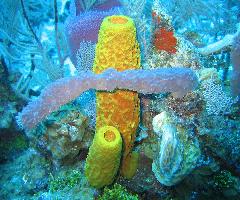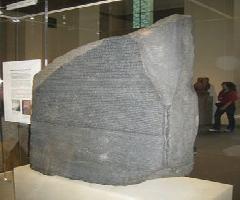One of the most common experiments performed by a biology class is studying the microscopic world. And often time, your class will perform some experiment as the one explained below. Have you ever tried this experiment? If not, it is not too late to do so.
In this experiment, your class is asked to examine a drop of water taken from your school’s pond. You will be examining this drop of water under a microscope. What do you think you will find?
For most of it, you will be able to find one of the smallest living creatures you had seen with
your own eyes. These microorganisms typically are long, shaped like a slipper, with rounded one end while the other end is thin. At this point (for a first timer), I’m sure that you are amazed on what you just see. And ask the question “What are those tiny little creatures called?”For some, it may hard to believe but this microscopic living organism is actually classified as animal. The simplest reason for this is that like other animals, these living creatures obtain food by eating plants and other organisms.
This living organism is called a “paramecium”. Its body construction is almost covered by a thin, hair like threads called “cilia”. The main function of the cilia is to move the body forward or backward or in circle by means of a rhythmically beating which resembles like thousands of tiny oars. Majority of the paramecium organisms lives in fresh waters. They mainly feed on bacteria, yeasts and other protozoa. They can also able
to control the beating of the cilia as it can change its direction rapidly toward the source of food or simply avoid danger.Like other living organism, the paramecium had the ability to reproduce and multiply. A full grown paramecium had the ability to multiply in two ways. The first one is that it has the ability to divide itself into two to form two new individuals. Second, it can reproduce by exchanging body materials with other paramecium to form a new individual.
In the course of your study about this organism, you will be able to learn that paramecium (though very small) also carries out many of the activities done by humans and other large animals. In larger animals, billions of cells are organized to perform a specific activity. But in paramecium, it carries the same activity using only its one single cell. There one-celled body contains two ball-shaped masses called the nuclei. The smaller nucleus controls the reproduction process while the larger nucleus controls the other activities of the cell.
And another thing that will amaze you is to find out that there are hundreds of thousand different kinds of micro-organism that man already discovered and identified.
This will lead you to ask the next question “Do the first animals on earth come from these tiny creatures?”





